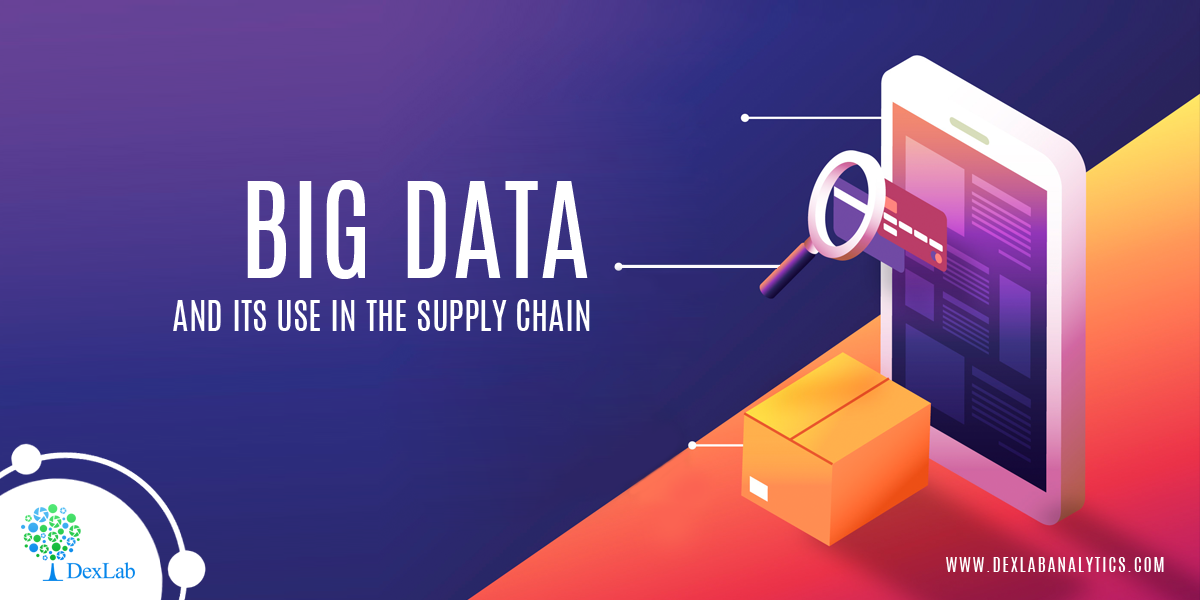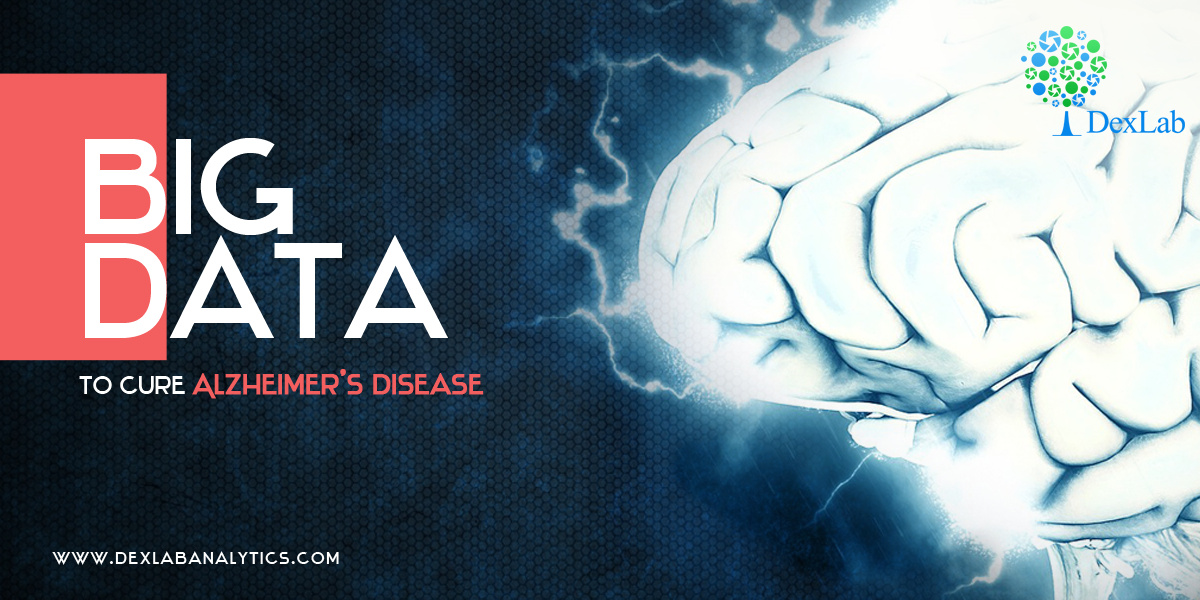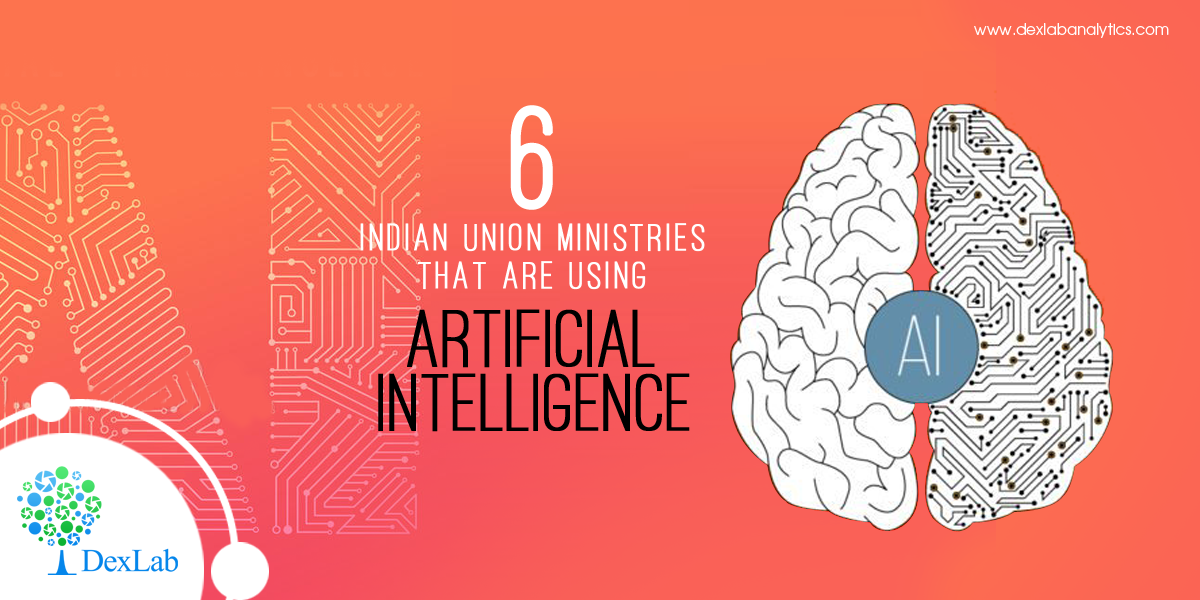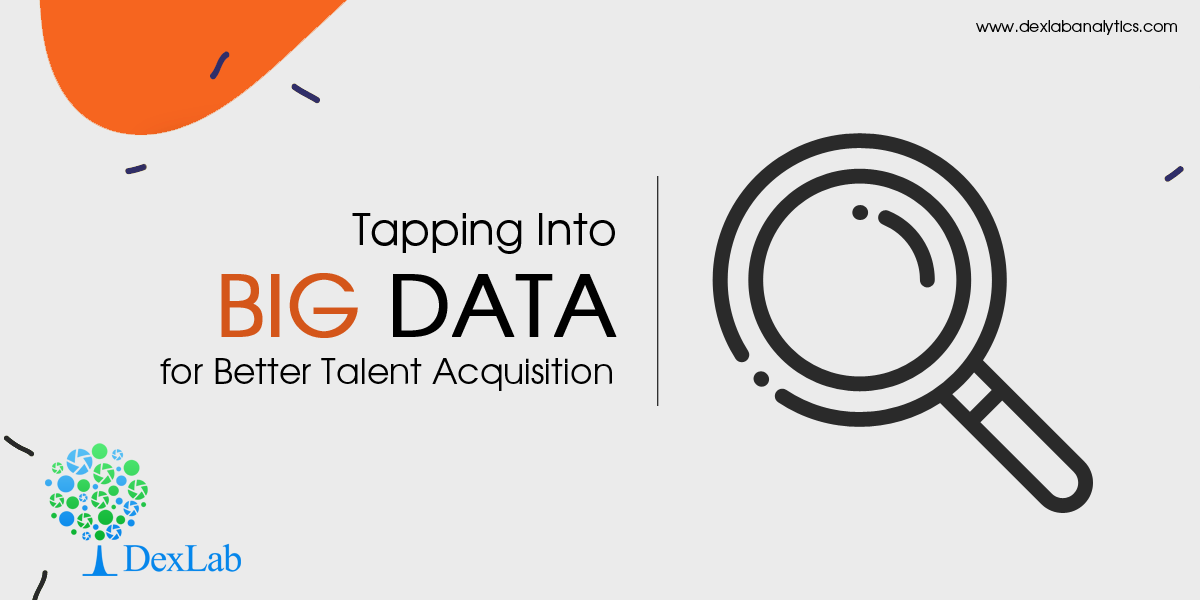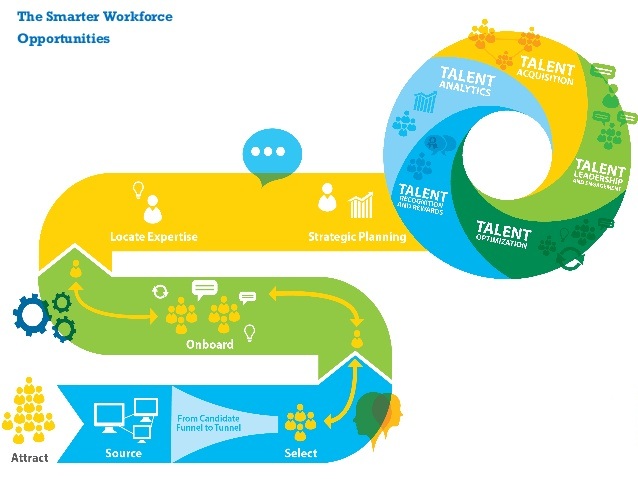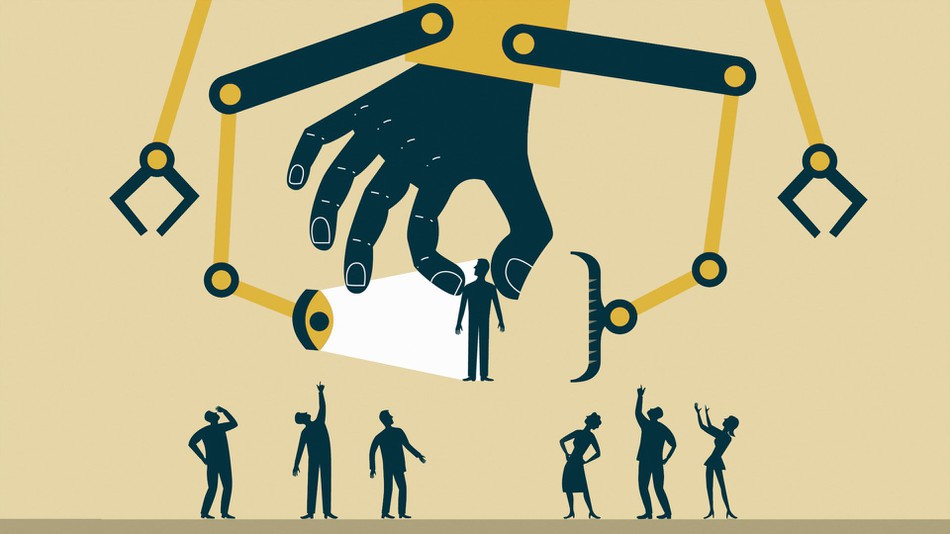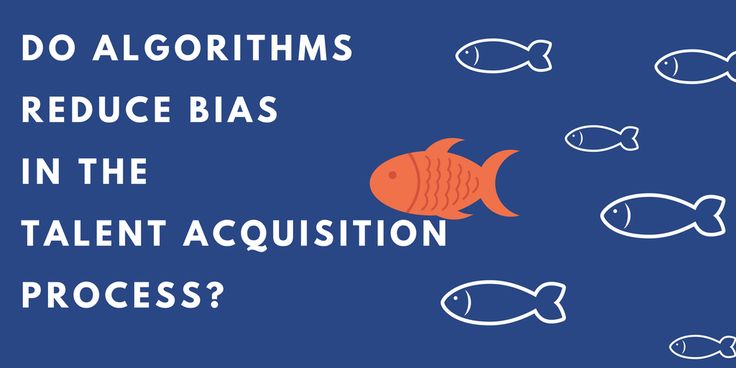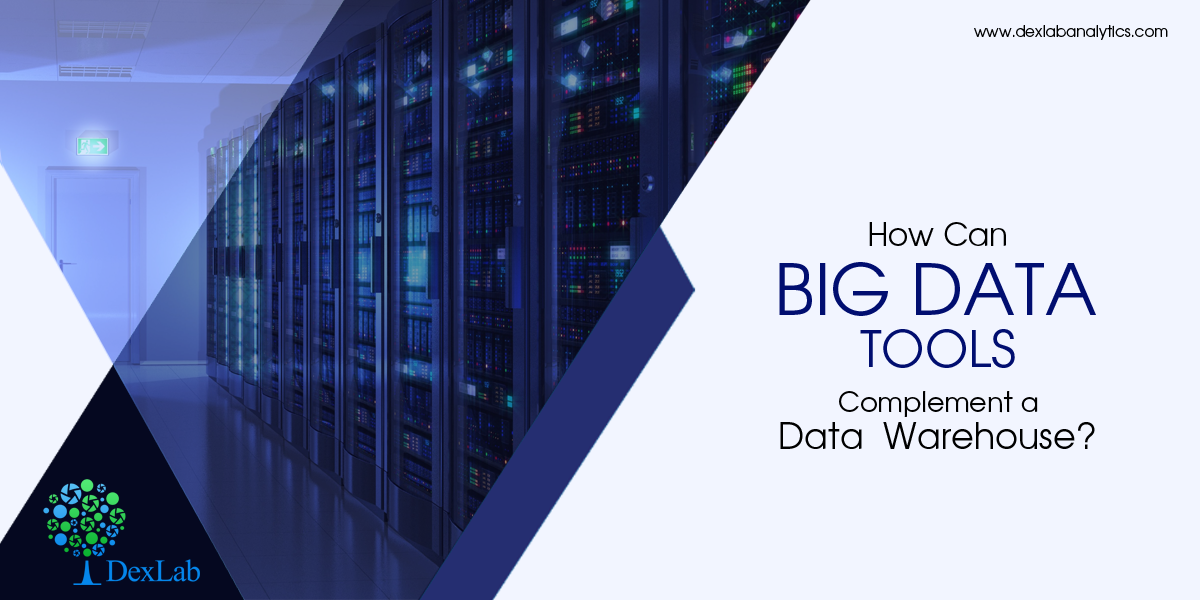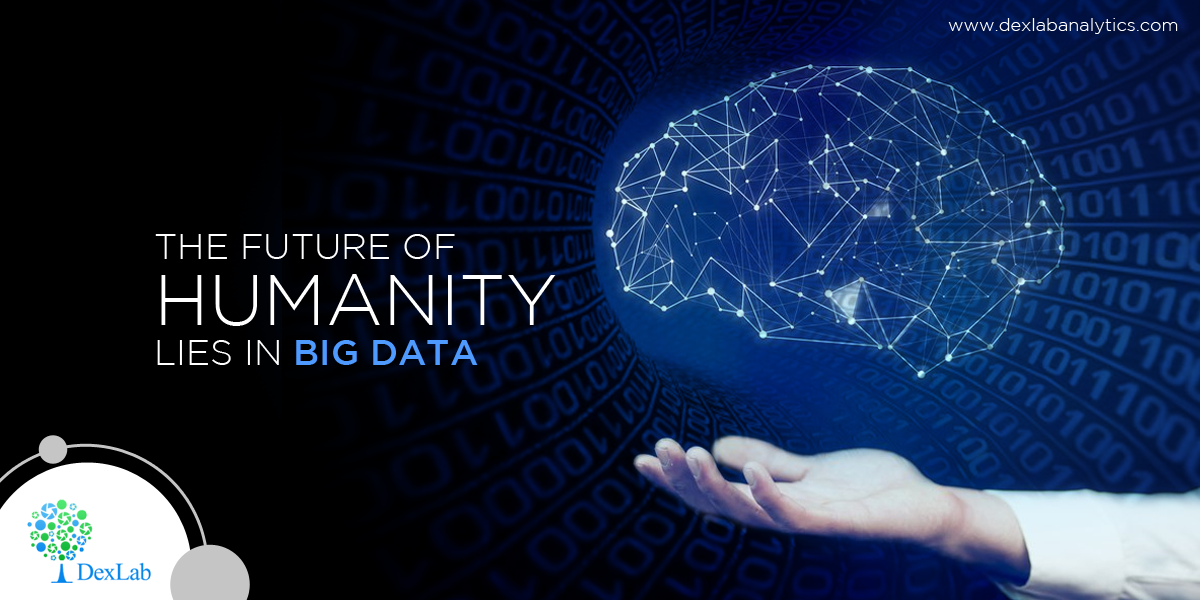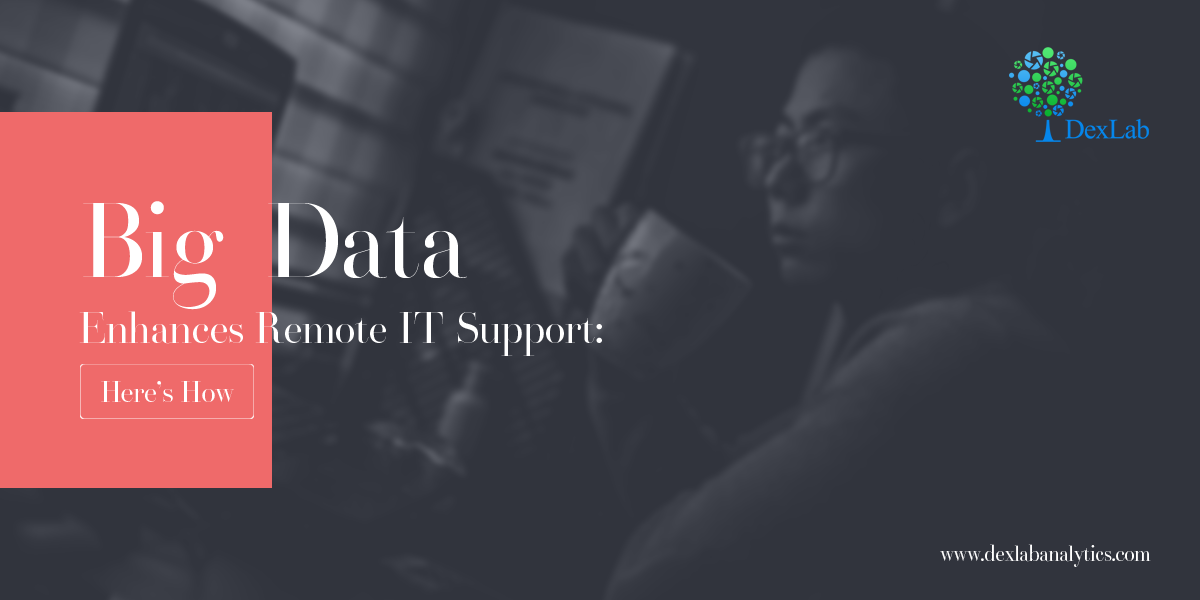
Big data is the backbone of modern businesses. All their decisions are data driven. Firstly, information is aggregated from various sources, like customer viewing pattern and purchasing behavior. After this, the data is analyzed and then actionable insights are generated. Nowadays, most companies rely on some type of business intelligence tool. All in all, information collection is increasing exponentially.
However, in many cases the desire for information has gone too far. The recent scandal involving Facebook and Cambridge Analytica stands as an example. It has left people very insecure about their online activities. Fears regarding violation of privacy are rising; people are worried that their data is being monitored constantly and even used without their awareness. Naturally, everyone is pushing for improved data protection. And we’re seeing the results too – General Data Protection Regulation (GDPR) in EU and the toughening of US Data Regulations is only the beginning.
Although data organization and compliance have always been the foundation of IT’s sphere of activity, still businesses are lagging behind in utilizing big data in remote IT support. They have started using big data to enhance their services only very recently.
Advantages of data-directed remote IT support
The IT landscape has undergone a drastic change owing to the rapid advancement of technology. The rate at which devices and software packages are multiplying, Desktop Management is turning out to be a nightmarish task. Big data can help IT departments manage this situation better.
Managing complexity and IT compliance
The key reasons behind maximum number of data breaches are user errors and missing patches. Big data is very useful in verifying if endpoints are on conformity with IT policies, which in turn can help prevent such vulnerabilities and keep a check on networks.
Troubleshooting and minimizing time-to-resolution
Data can be utilized to develop a holistic picture of network endpoints, ensuring the helpdesk process is more competent. By offering deeper insight into networks, big data allows technicians to locate root causes behind ongoing issues instead of focusing on recurring symptoms. The direct effect of this is an increase in first-call-resolution. It also helps technicians to better diagnose user problems.
Better end-user experience
Having in-depth knowledge about all the devices of a network means that technicians don’t have to control an end-user’s system to solve the issue. Also, this enables the user to continue working uninterrupted while the technician takes care of the problem from behind-the-scene. Thus, IT can offer a remedy even before the user recognizes there’s a problem. For example, a team engaged in collection of network data may notice that few devices need to be updated, which they can perform remotely.
Better personalization without damaging control
IT teams have always found it difficult to manage provisioning models, like BYOD (bring your own device) and COPE (corporate owned, personally enabled). But with the help of big data, IT teams can divide end users based on their job roles and also support the various provisioning models without compromising with control. Moreover, they constantly receive feedback, allowing them keep to a check on any form of abuse, unwanted activities and any changes in the configuration of a system.
Concluding:
In short, the organization as a whole benefits from data-directed remote support. IT departments can improve on their delivery service as well as enhance end-user experience. It gives users more flexibility, but doesn’t hamper security of IT teams. Hence, in this age of digital revolution, data-driven remote support can be a powerful weapon to improve a company’s performance.
Knowing how to handle big data is the key to success in all fields of work. That being said, candidates seeking excellent Big Data Hadoop training in Gurgaon should get in touch with DexLab Analytics right away! This big data training center in Delhi NCR offer courses with comprehensive syllabus focused on practical training and delivered by professionals with excellent domain experience.
Reference: https://channels.theinnovationenterprise.com/articles/how-big-data-is-improving-remote-it-support
Interested in a career in Data Analyst?
To learn more about Data Analyst with Advanced excel course – Enrol Now.
To learn more about Data Analyst with R Course – Enrol Now.
To learn more about Big Data Course – Enrol Now.To learn more about Machine Learning Using Python and Spark – Enrol Now.
To learn more about Data Analyst with SAS Course – Enrol Now.
To learn more about Data Analyst with Apache Spark Course – Enrol Now.
To learn more about Data Analyst with Market Risk Analytics and Modelling Course – Enrol Now.

